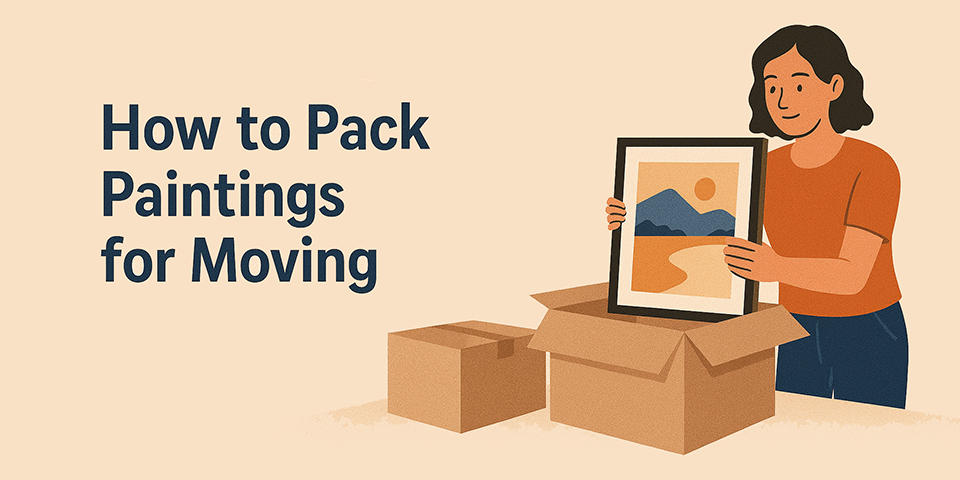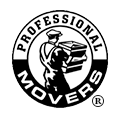
Moving valuable artwork requires meticulous attention to detail to prevent damage during transit. Proper packing techniques can mean the difference between preserving your cherished paintings and dealing with heartbreaking damage. Many homeowners trust a leading moving company in Walled Lake to handle their precious artwork, but knowing how to properly pack paintings yourself is invaluable. This guide walks you through essential steps to protect your artwork, from selecting appropriate materials to proper handling during the moving process.
Choosing the Right Packing Materials
Selecting appropriate packing materials is crucial when preparing paintings for transportation. Start with acid-free packing paper or bubble wrap to shield the painting surface from scratches or abrasions. Custom-sized cardboard boxes provide the foundation for safe transport—choose boxes at least two inches larger than your artwork on all sides to allow for adequate cushioning.
Consider using corner protectors made of foam or cardboard to safeguard the edges of your frames from impact damage. These simple devices help maintain the structural integrity of your artwork during the move. For additional security, use adjustable straps to keep paintings secure inside their boxes, preventing unwanted movement during transportation.
Securing the Artwork Properly
Position your painting in the center of a sturdy box with sufficient padding on all sides to prevent shifting during transit. Begin by creating a protective base layer of bubble wrap or foam padding at the bottom of the box. Carefully place the painting in the center, making sure it doesn’t lean against any sides where damage could occur during movement.
Fill all gaps around the artwork with additional cushioning materials such as foam corners or air pillows to create a snug fit. Test the security of your packing by gently shaking the box—if you detect movement, add more padding until the painting remains stationary. The key to proper protection lies in creating a well-cushioned environment that absorbs potential impacts during transportation.
Wrapping and Cushioning Techniques
Protect your artwork during transportation by using effective wrapping and cushioning methods. Start by covering the painting with glassine paper, a smooth material that guards against moisture and scratches. Secure this protective layer with artist tape that won’t damage the artwork upon removal.
Next, add bubble wrap with the bubbles facing outward to create a cushioning barrier. Secure this layer with packing tape, ensuring it fits snugly around the painting. Enhance protection by adding cardboard corner protectors to shield the frame edges from impacts. Complete the process with a final layer of bubble wrap, securing it with tape to create a sturdy, well-cushioned package that will shield your artwork throughout the move.
Packing the Paintings in Boxes
Use sturdy, double-walled cardboard boxes when packing paintings to ensure maximum protection during transit. These robust containers provide a solid foundation and prevent bending or damage to your artwork. Before boxing, wrap each piece in acid-free paper or bubble wrap to prevent scratches and minor impacts.
Select box sizes that allow for a snug fit without excessive movement while leaving enough space for cushioning materials. Create protective layers inside the box using foam boards or additional bubble wrap surrounding the wrapped paintings. This extra padding absorbs shocks and vibrations during transportation, significantly reducing the risk of damage to your valuable artwork.
Labeling and Handling Instructions
Mark each box containing paintings with clear, visible labels to ensure proper handling during the moving process. Use bold, legible markers to write “FRAGILE – ARTWORK INSIDE” on all sides of the box. Include directional instructions such as “THIS SIDE UP” to prevent mishandling that could damage the paintings.
Always carry these boxes in an upright position to prevent shifting of the contents. Avoid placing heavy items on top of artwork boxes to prevent crushing or applying pressure to the delicate contents. During transportation, secure boxes to prevent sliding or tipping. If using professional movers, provide clear instructions about the fragile nature of the contents and emphasize the importance of careful handling.
Related Articles:
Get Your Move Estimate
Professional Movers.com believes in complete transparency. We have no hidden fees with our pricing. Fill out our simple, online form and one of our Moving Consultants will reach-out to learn more about your move, answer your questions, and provide you with an accurate estimate.

"*" indicates required fields











